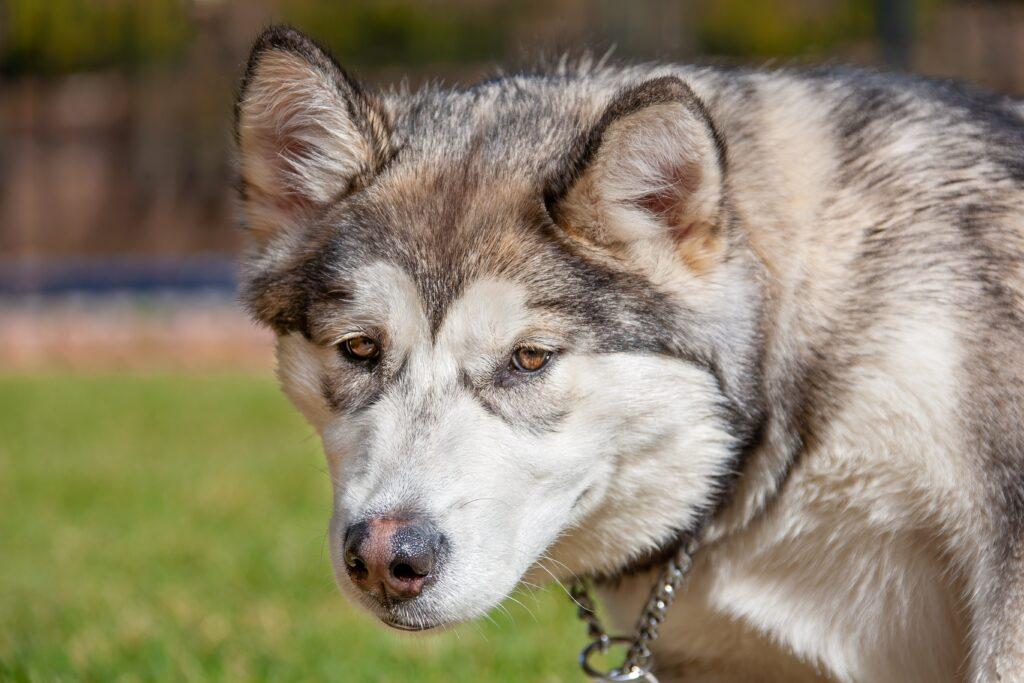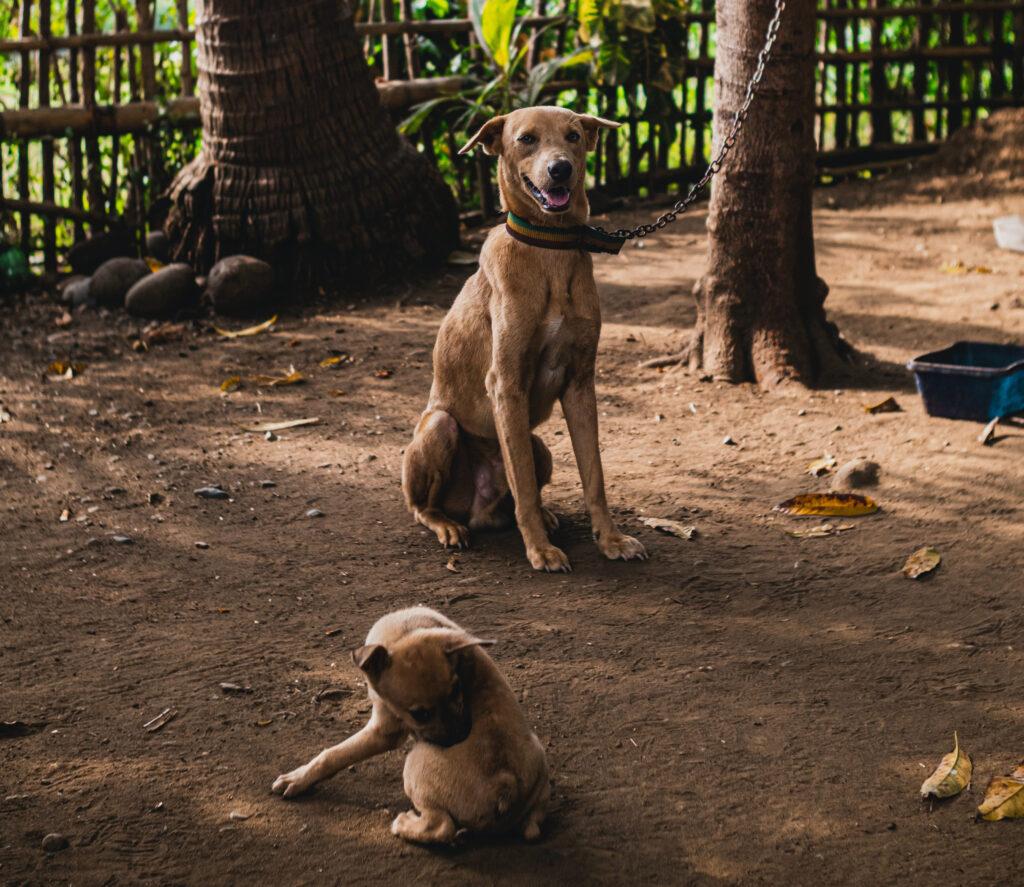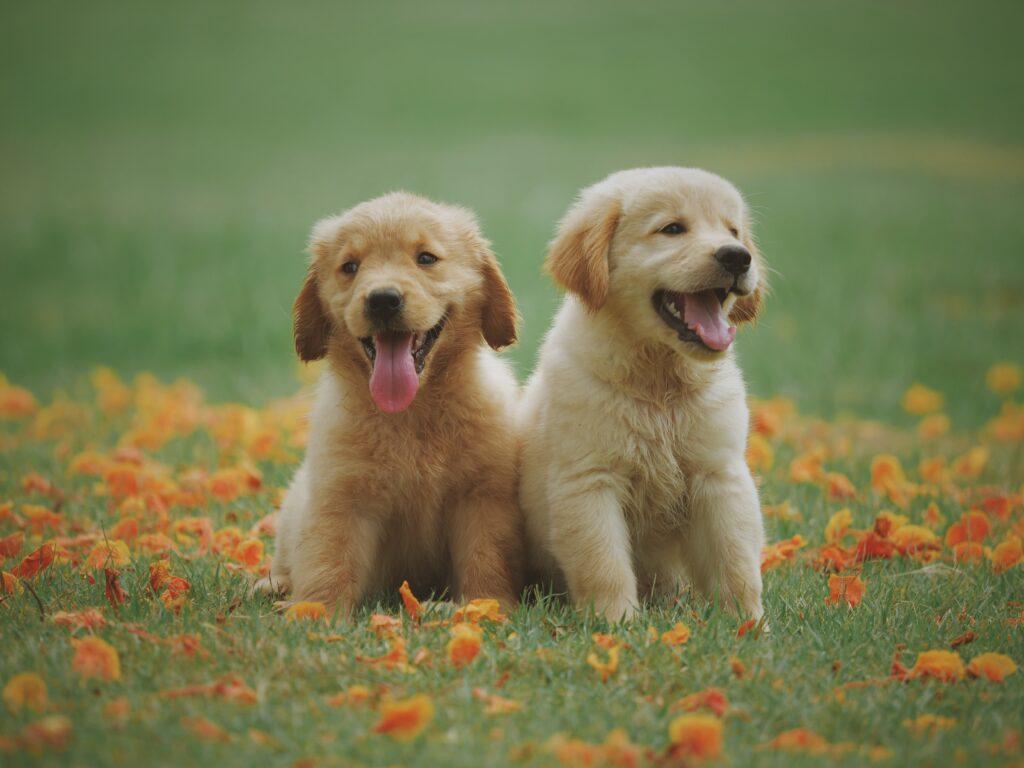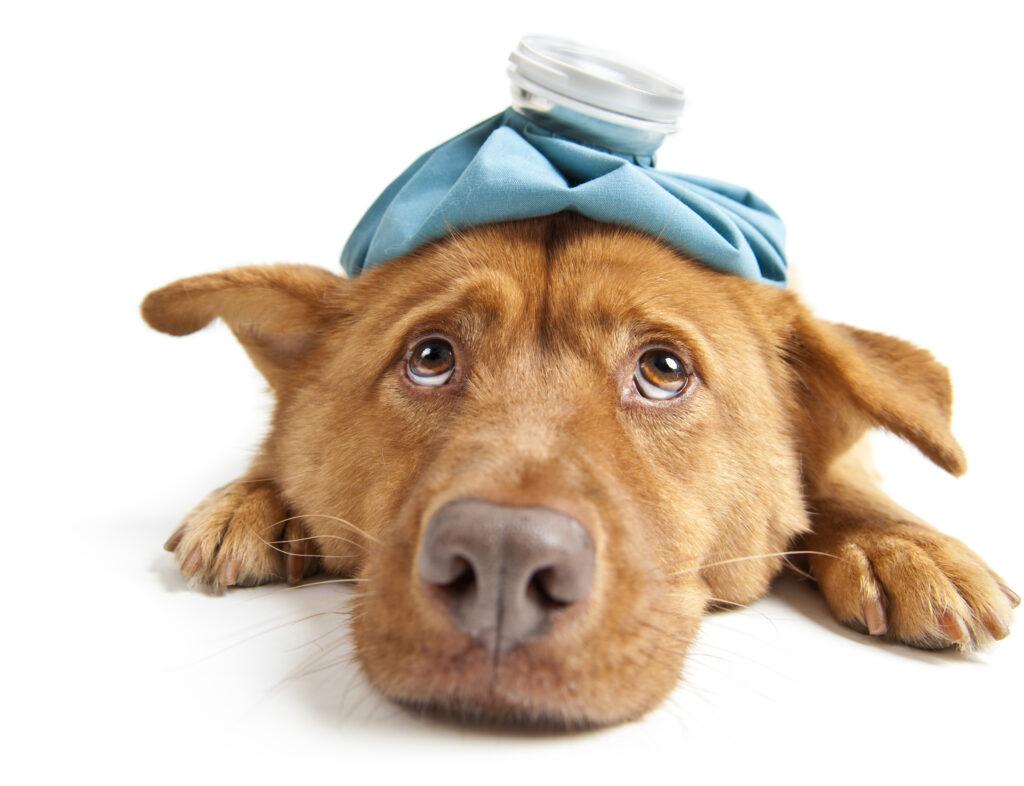
Hey guys, this is Nikki, lead veterinary technician with Posh Dog Knee Braces, and today let’s talk about pain in our dogs. I hear so often owners say they don’t feel their dog is in pain, or that they don’t know what to look for. Today I would like to cover things to look for, and how to see those subtle hints your dog is giving you.

First, does your dog show any signs of panting, licking a certain area or paw/leg, pacing, trouble laying down or standing, chewing an area, legs shaking/body shaking, trouble standing from a laying position, holding a leg up, low whimpering/whining, growling or biting out of character, flinching when touched in an area? If you can answer yes to any of these symptoms, there is a good chance your dog is experiencing discomfort.
Dogs are extremely stoic, which means it is against their nature to show they are hurting outwardly like we would. A child is easy, they will hold the sore area, cry, and tell us what happened or that it hurts them. With our dogs, it can be a bit of a challenge to identify if they are in pain, and when to give the appropriate relief.
One of the most painful injuries to a dog is a CCL injury. This is significant agony, and your dog needs proper relief to get them through the first few weeks. There will be a lot of swelling present, and they may be cranky and sore during this time.
The first 2-3 weeks it is important to keep them on some form of anti-inflammatory. I hear a lot of people learn about nsaids, and immediately take their dog off of them within the first 1-2 weeks of an injury, stating their dog doesn’t look in pain any longer. I understand not wanting nsaids, however, I guarantee your dog is still in pain within the first 3 weeks of this injury. There are other alternatives to nsaids, which I go over in another blog, but that does not mean to withdraw all pain relief.
If suddenly taken off of pain relief, dogs (like people), will experience something called withdrawal. This means that their body is shocked with sudden pain, that has not been effectively treated, and it will be very difficult to get them feeling better without a strong med like a narcotic, something to calm and partially sedate them until pain management is achieved. So, please do not suddenly remove pain relief without having something else to start. If stopping an nsaid, you need to wait at least 24 hours before starting something like willow bark, to make sure the tummy does not get upset, and sometimes waiting for severe pain to stop before doing so might be best.
I always suggest resting 2-3 weeks, even if we are fast and you receive the brace in the first couple weeks of the acute injury, still wait a bit to begin walks. Give your pup time to get through the painful parts, then we can start bracing and PT. They will get better, and feel better, but it is our job as their owner to keep them comfortable. It will make all of our jobs much easier as we begin recovery.
Please let me know if you have any questions about how we can help your dog live a happy and pain-free life, poshdogkneebrace.com, or email me at poshintake1@gmail.com or visit our Facebook page.
Let Your Dog Recover With Our Custom Dog Knee Brace! We’ve Helped Thousands Of Dogs, Now We Want To Help Yours…
Read reviews check out our Google Reviews online. Click Here
This is about half of the people I speak with on a daily basis. Puppies are wonderful, and really do bring our families and other dogs joy, but sometimes that comes with a cost. Whether you bring home the puppy before an injury on your older dog, or after, we still need to be careful when they play. Rough play, such as puppy jumping on their back or playing tug of war, can result in new injuries, or aggravating an older injury. Puppies bring on a youthful playing with our older dogs, which is fun to watch, however, it can encourage injuries, so please be careful.

Choose a breed carefully. If, for example, you have a small breed older animal, and bring home a large breed puppy, there is going to be some potential to be injured. Puppies, as part of play, will try to jump on the other dog’s back. This is their natural tendencies trying to establish dominance. Well, if your poor older animal has hip or knee issues, you can imagine that this may not be the best case scenario. Thus, it is important, to only let them have supervised play times, and not be left alone to rough play all the time.
This is especially true if your other pet has a recovering knee injury. Not only is it going to be tough to get that knee to recover with a puppy wanting to play, but the puppy will also be very curious about this really cool chew toy on their leg! So, again, supervision at all times is going to be needed. I’m not saying you can’t get a new puppy, but think the scenarios through before you adopt. Or, perhaps look into adopting an older doggy instead of a new puppy.
Puppies are going to be growing and teething for at least a year, if not more. This means their energy will be high, and your injured dog’s tolerance for this may be low. Make sure you have the means to keep them separated when you are not home or there to supervise, because that would not be otherwise fair to your older injured dog.
Get lots of fun distracting toys for the puppy to play with (and don’t forget your older pup!). This really helps keep them distracted, and happy. If your older dog has a posh brace on, to support a CCL injury, it is ok to have them play for a little while with the puppy, but only directly supervised. The brace does act as a shock absorber, so a little play is ok, but no running or jumping while playing. My puppy likes to stand up on her back legs to “box” with my other dog. This would not go over well if my other dog had an injured leg.
Again, feel free to check us out at poshdogkneebrace.com, or email us through our contact form or visit us on our Facebook page.
Read reviews check out our Google Reviews online. Click Here
Hey guys, this is Nikki, Lead Veterinary technician with Posh Dog Knee Braces. Today let’s talk about puppies! Who doesn’t love puppies, right? All those little sharp teeth chewing on everything😊 Well, this is the best time to get your new puppy used to people and being handled.
First, never force your puppy to do something, or yell and be cross. The literally have a 30 second memory, so they just know mom or dad is yelling, and no idea what they did wrong. Never every hit your puppy, especially in the first few months of growing. Puppies have 3 very important learning times right around 8, 10, 15 weeks where they are the most sensitive and receptive to negative behavior from us. This is when we need to be really gently, soothing voice, and friendly with them, even if they just chewed up your favorite pair of shoes!

Start with a treat, or a few treats, that your puppy likes. Puppies want to please us, and are very food driven! Even peanut butter smeared on the wall for them to lick is great. Offer them a treat in one hand, and with the other hand gently touch their ears, massaging the tips, and work down to their toes. Spend at least 5 minutes a day giving them treats in replacement of you touching them on toes/feet/legs/ and ears. Especially if you have a floppy eared dog like I do, as they can be prone to ear infections.
This will really be helpful for you in the future. They will trust you and others to touch them, or for the veterinarian to complete their exam. I personally love puppy training classes, as they socialize your dog to other people, dogs, and get them even more bonded to your family in a safe environment. Little dogs tend to be nervous as it is, and can be nippy with toe nail trims. This can all be avoided if you take the time as a puppy to get them used to touch and other people.
Once your puppy is used to you touching their feet without flinching them back, start bringing out the toe nail clippers. Just let puppy sniff, and give them a treat. Then maybe try to do one nail, and treat right away. Do not force your dog to do all their toe nails at once, especially if they are afraid. This is a great way to make a toe nail fear biter, and cost you a lot in grooming fees.
Desensitization can be helpful now, because if your puppy grows up and unfortunately gets a CCL tear someday, putting something on their leg like our brace will be no problem, because you have set them up to succeed!
Feel free to email me at poshintake1@gmail.com with any questions, or visit us at poshdogkneebrace.com you can also check out our Facebook page.
Read reviews check out our Google Reviews online. Click Here
Today I would like to talk about Moist Heat and icing, and when to use both of these. So when we have an acute injury, ice is the first choice. We have lots of swelling and tissue inflammation initially, so we want to use Ice, which will vasoconstrict the blood vessels, and slow down the bleeding/swelling. When we use ice therapy, I prefer to use a gel ice pad that can be left in the freezer. Frozen veggies or popcorn kernels can also work if you need something quick.
Apply the ice pack for about 15 minutes two to three times daily, until swelling is better, or about a week or two after the initial injury. This also helps with pain initially, by taking the pressure and swelling down.

It is important not to do moist heat too quickly after a joint injury, as heat will vasodilate and increase blood flow to the affected area. We don’t want to do this when we have an initial injury with swelling present. After the first 2 weeks, we can start the transition to moist heat.
Now when applying an ice pack, a nice tip is to wrap the ice pack with warm wash cloth. This is a nice gradual cooling, instead of the initial cold shock. Your pup will thank you!
After 2 weeks, we will be switching to moist heat. To make your own moist heat, simply fill a sock with white rice (I double layer mine for washing). This makes a nice moist heat when you warm it in the microwave for 1-2 minutes. Wrap in a towel to make sure we don’t burn our pups.
Moist heat is different that dry heat, like an electric pad. Moist heat gets better penetration into the tissues, and is a very good pain relief. It opens up the area, so that our supplements can penetrate the area. Our knee does not have a great blood supply, so it is good to help with moist heat as much as we can. Do this 2-3 times daily for 15 minute intervals.
I like to do this before we walk, or start physical therapy. It relaxes and makes the knee comfortable. Do this process for up to 12 months, especially with meniscus tears. If you pup is sore after a walk, you can also do icing after the walk as well. Please let us know if you have any questions! You can contact us through our contact form or check out our Facebook Page for more information.
Read reviews check out our Google Reviews online. Click Here